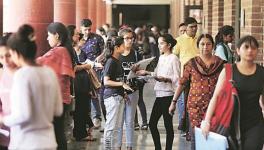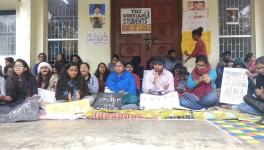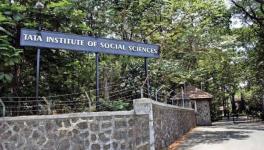Central Universities in India Are Vastly Understaffed
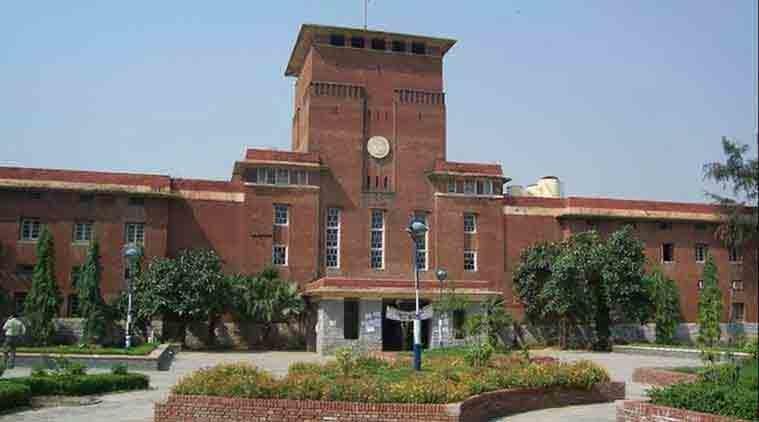
As of July 25, this year’s Monsoon Session of Parliament has seen 67 questions being asked to the Ministry of Human Resource Development, by various members of the Lok Sabha. Many of these address the sorry state of teacher vacancies in central and other government Universities.
Professor Ravindra Vishwanath Gaikwad had asked whether the government was aware that there was an acute shortage of professors in universities and government-run colleges of the country, which is directly affecting the teaching activities. He further asked for the details regarding this, and about the steps taken by the Ministry to address this problem.
The response is telling, the details of which have been summarised in the table below.
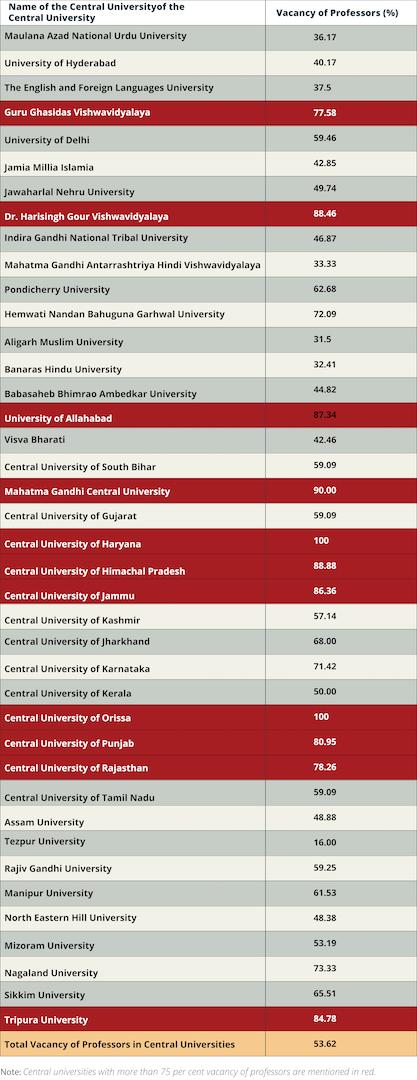
A total of 12 central universities, out of 40, have more than 75 per cent vacancy of professors. What is shocking is that two universities – the Central University of Haryana and the Central University of Orissa, have 100 per cent vacancy of professors i.e., they have no professors at all!
Also read: BJP Govt. Delivering on its Anti-People Anti-National Higher Education ‘Vision’
Rajib Ray, President of Delhi University Teachers’ Association (DUTA) and of Federation of Central Universities Teachers’ Association (FEDCUTA), told Newsclick, “For last many years, the education budget has been reduced. Recruitment and promotions of teaching and non-teaching staff are closely linked to funding in higher education. Lack of appointments and promotions has forced many teachers to leave universities for better opportunities elsewhere. Skewed student-teacher ratio and instability has forced central universities to underperform, and has also taken away the chance of Indian universities to be amongst the top world class universities.”
Ministry of Human Resource Development (MHRD) had responded to a question by KC Venugopal in Lok Sabha, in this year’s Budget Session of Parliament, i.e., on March 5, 2018 regarding the ‘Vacancy in Central Universities’. The response is summed up here in a simplified way.
In 40 central universities, under the purview of the MHRD, out of a total of 17,047 sanctioned teaching posts, 5,651 or 33.14 per cent were lying vacant.
Teaching posts are differentiated into professor, associate professor and assistant professor. Therefore:
- Out of a total of 2,417 sanctioned posts for professors, 1,262 or 52.21 per cent were lying vacant.
- Out of a total of 4,793 sanctioned posts for associate professors, 2,171 or 45.29 per cent were lying vacant.
- Out of a total of 9837 sanctioned posts for assistant professors, 2,218 or 22.54 per cent were lying vacant.
- Further, out of a total of 35,166 non-teaching posts, 11,059 or 31.44 per cent were lying vacant.
The statement further stated that central universities were adopting different methods/processes to address faculty shortages which included hiring ad-hoc faculty, guest faculty, contract faculty and re-employed faculty inter-alia.
Now, it is very well known that increasingly the recruitment of teachers and non-teaching staff has been on ad hoc/contract/adjunct/re-employed basis. The Ministry as well as the protesting students, teachers and non-teaching staff are aware of this. What is revealing, but not surprising, is that the government proudly (or without any regret) claims responsibility for these moves which are known to be highly destructive for our higher education system.
“The fact that teaching posts are lying vacant in all central universities points towards the lack of the government’s will to fill the vacancies on permanent basis. At Delhi University alone, over 4,000 ad hoc teachers have been working for past several years against vacant positions in colleges and departments. Posts have been advertised a couple of times, but recruitment hasn’t taken place,” said Ray.
In another response tabled in this session’s Lok Sabha, the Ministry has listed the “several major initiatives [of the Government] in the Higher Education Sector during the last two years” out of which, the regulations contested by students, teachers and non-teaching staff are:
- UGC (Minimum Standards and Procedure for Award of M.Phil./Ph.D. Degrees) Regulations, 2016;
- UGC (Institutions of Eminence Deemed to be Universities) Regulations, 2017;
- UGC (Categorization of Universities (only) for Grant of Graded Autonomy) Regulations, 2018; And
- UGC (Conferment of Autonomous Status upon Colleges and Measures for Maintenance of Standards in Autonomous colleges) Regulations, 2018.
In response to another question titled ‘Shortage of Teaching Staff’ by Rahul Kaswan, MHRD listed the “details of sanctioned posts and vacant posts in higher educational institutes having high percentage of vacancies”, as follows:
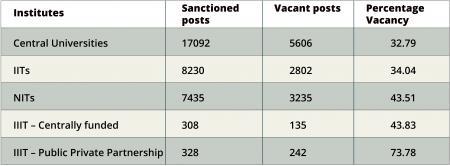
While giving their response to all these different queries, the Ministry never fails to remind us that “universities being autonomous institutions, the onus of filling up of vacant teaching posts lies with them”.
While we know that it’s solely up to the university administration to recruit teachers, we also know that the statutory bodies (like the executive councils and academic councils) in these central universities have been functioning as mouthpieces of the vice-chancellors, who in their turn are appointed by the Union Government, to transmit the government’s diktats. Therefore, the “autonomy” doesn’t really exist. Furthermore, the rules for appointing and promoting teachers are also set by the University Grants Commission (UGC), which is hardly autonomous, meaning that it isn’t independent of government interference. Therefore, the justification given by the Ministry falls flat on its face.
Ray further stated, “At Delhi University, the recent round of recruitment process started because of the High court judgement of December 2016, which ordered the University to fill vacant positions in a time-bound manner. It is unfortunate to see that despite deadlines by the Court, teaching posts have not been filled. The Court case made DU, the UGC and the MHRD equally responsible for the recruitment process, yet advertisements have been allowed to lapse.”
Get the latest reports & analysis with people's perspective on Protests, movements & deep analytical videos, discussions of the current affairs in your Telegram app. Subscribe to NewsClick's Telegram channel & get Real-Time updates on stories, as they get published on our website.











